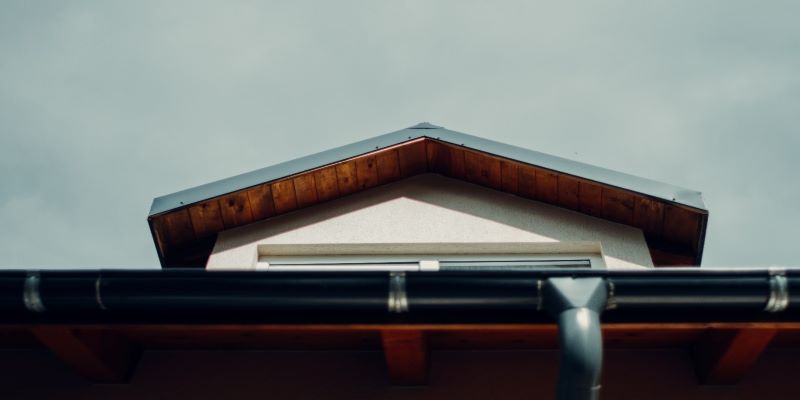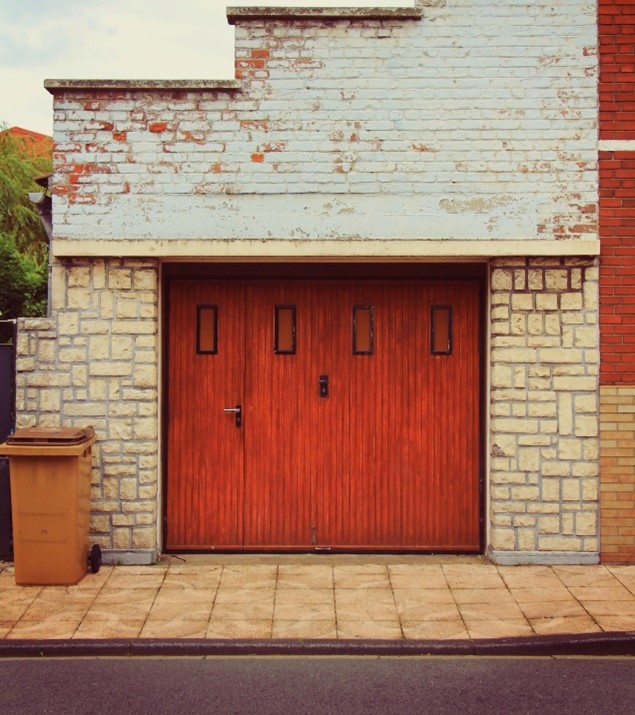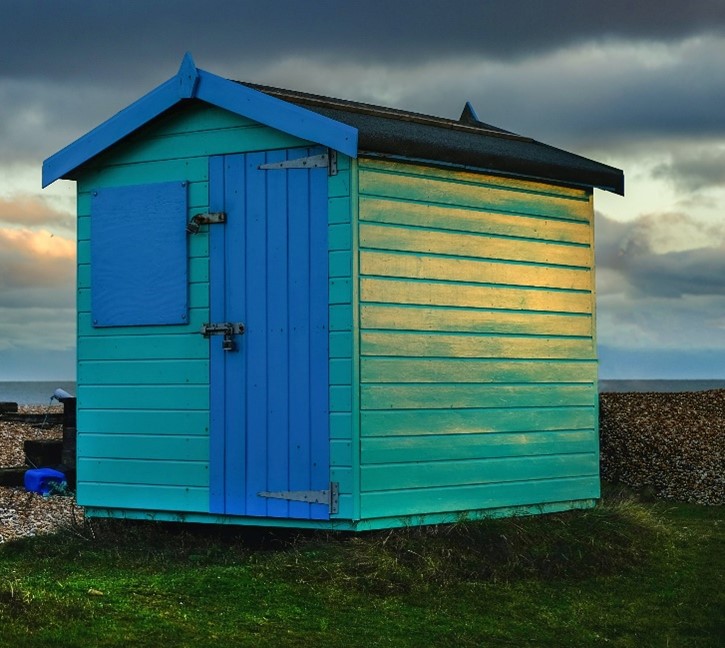Five Ways to Weatherproof Your Home with EPDM Roofing

Many words can be used to describe the ‘Great British Weather, and one of those words is most certainly ‘unpredictable’. Homeowners up and down the country could spend weeks on end with no rain only to have a months-worth fall within the space of a day - with potentially devastating results for your property. Snow can fall in mid-to-late spring, winter days can easily enter double-digit degrees, and high winds are a year-round occurrence.
So, how can you go about protecting your home and property from these natural hazards? Well, the short answer is, that there are hundreds. Today, however, we’re going to be focusing on one material in particular that can be used across your property in several ways – EPDM rubber roofing.
What is EPDM Roofing?
EPDM stands for Ethylene Propylene Diene Monomer. It is a rubber material, synthetic in structure, that is used on a variety of different builds and structures. It has been specifically designed for flat roof buildings, but beyond this, its versatility is considerable. As far as roofing materials go, it also boasts some of the most-effective options on the market.
It is for this reason that EPDM is such a great product to use across the different flat roofs on your home and the wider property. It is lighter in weight than many alternatives, meaning it is just as viable an option to use on smaller buildings as it is on extensions. It is also easy to install, with many manufacturers offering complete systems and ranges providing you with everything you need to create a simple or complex rubber roof.
With all this in mind, it is no surprise that EPDM is a fantastic product to use to weatherproof your home, garden buildings and more, giving them significant defence against a myriad of extreme weather conditions. So, without further ado, let’s take a look at our top 5 methods of weatherproofing your property with EPDM roofing.
1 – Garages
In many cases, garages are attached to our homes, which can lead many homeowners to ask if they count as an extension or should be considered standalone buildings. There is no universal answer to this, as rarely are two garages the same. However, it is not uncommon for them to be attached to the main home and yet possess few structural similarities to a fully-fledged extension, confusing the weatherproofing process.
However, with the versatility of EPDM, you needn’t worry anywhere near as much about compatibility. The vast majority of EPDM membrane systems have been designed for both garages and extensions, meaning the intricacies of your build’s structure matter far less than would otherwise be the case with alternative roofing materials.

2 - Sheds
While not technically part of your home – and rather serving as another building on your property – the weatherproofing benefits from EPDM for shed roofs are too extraordinary and plentiful to ignore. Rubber roofing is by far one of the longest-lasting roofing options for sheds, which are rarely compatible with some of the more heavy-duty, long-lasting flat roof options due to their typically weaker structures.
Larger sheds in particular will benefit from EPDM roofing, as the complete range of accessories many EPDM manufacturers offer will allow you to effectively cover every inch of your shed, protecting it from even the most intense of weather conditions. Be sure to check out individual product compatibility to be certain that a particular make of EPDM can be used on structures such as sheds.

3 – Standalone Buildings
Garden offices, hobby sheds, and summer houses are just some examples of the builds you may have on your property that, while not connected directly to your house, will prove just as in need of protection against weather conditions as your main building, especially if they contain more valuable items and belongings within.
EPDM protects against everything from the weather itself to conditions weather changes can bring - for example, pests grow more numerous in the warmer summer months. EPDM roofing is incredibly tough and resilient, with even burrowing insects and determined birds will find it nigh impossible to penetrate the surface to get at the materials within.
4 - Roof Edges – external, internal corners, extension roof edges
Let’s return now to your home and look at how we can weatherproof some of the trickier areas of the roof with EPDM. If your house (or extension) utilises a flat roof, then you may well already be using EPDM membranes. While sheets and liquid EPDM are all well and good for the majority of your roof, sections such as edges won’t be as well protected by a simple membrane.
Luckily, the vast majority of EPDM manufacturers provide a range of products to help protect your roof from adverse weather conditions. Edge trims, flashing, and seam tapes are just some of the extra products you can apply to your roof to ensure protection from rain in particular. Use primers and adhesives – again produced by the manufacturers for maximal compatibility – to ensure that strong winds and general wear don’t lift up the products, exposing the vulnerable areas of your roof underneath.
5 - Gutters and Pipes – various EPDM accessories for pipes and gutters
Gutters and pipes are the route cause of a variety of weather problems, so it is important to keep them in excellent condition. Equally vital, especially on a flat roof, is keeping the areas around them free of dirt, debris, and decay, or else water can quickly gather and lead to serious damage to your roof and walls.
When we talk about EPDM, no doubt one of the first things you think of is the membrane or liquid product that makes up the majority of most rubber roofs. However, there are hundreds of accessories – most made from the exact same material (or a slight variation) – that are used alongside the main product.
Among these many items is a range of items specifically designed for installation on or around drainage areas on your roof. Internal drain kits, outlet drain connectors, through wall drain connectors and pipe boot seals are just some of the items you can use to ensure that your guttering, drainpipe, and general drainage systems are working as intended, no matter what the weather may throw their way.
Have More Questions About EPDM Roofing?
With these 5 great ways to utilise EPDM around the property, your home should be well-equipped to deal with the unpredictable weather we seem to endure all year round. With so many benefits and features that come with this excellent material, it's not hard to see why it is such a popular product across the country when it comes to weatherproofing roofing spaces.
If you want to know more about EPDM roofing, don’t forget to check out more of our posts and guides delving deeper into this fantastic product, including installation guides, maintenance tips and more. Alternatively, get in touch with our excellent team, who will help to answer any questions or queries you may have about EPDM or any of our roofing products. Simply call us on 01295 565565 or chat to us directly using the chatbox below.